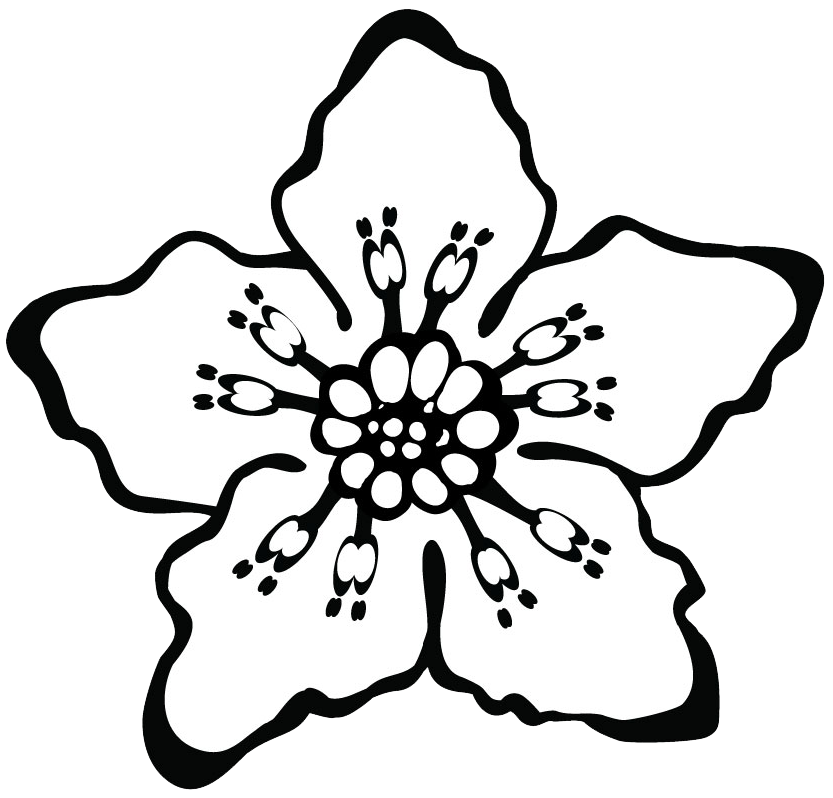I’m the kind of mom who lets her kids sit and make a mess with their food, both because it’s too frustrating trying to feed them when they want to feed themselves, and because they learn more through some unsupervised foodplay. And of course because those few minutes of peace while they’re busy making a mess are quite precious.
If you are like me, you might also have noticed that bananas leave terrible stains. In fact they’re pretty much the only stains I don’t manage to remove. 
So, when the topic “food waste” was coming up in my #MerEtisk (#MoreEthical) campaign on instagram, and I discovered that a lot of recipes for home made dyes required skins to sit for days… which I didn’t have.. I decided to try banana peels. If bananas could leave accidental stains like that it HAD to work, right?
By the way, if you are a seasoned dyer, this post is not for you, unless you like to fell superiour 

I had 5 bananas that were about to go old, and was I going to be travelling for a few days, so they were the perfect choice.
I didn’t want to waste the bananas by using those for dye (even though that’s the part of the banana staining my children’s clothes, but that’s not food waste, that’s food!) so I froze them and will use them in banana milkshakes later, yummy!

I cut the banana peels and put them in my blender with some water
and got a lovely disgustinglooking blackish paste.
I wanted to test on some different fabrics, and cut samples of bamboo viscose, cotton and a cotton bamboo fleece blend.
I added the paste to different glass containers, added more water to get enough liquid… and let them sit overnight. In the one to the right I added vinegar, the back one has salt and the left one I left it as it was, without adding anything (cause banana stained clothes!!) It was fascinating to see how it the colours varied! I was really excited at this point!
The next day I strained the liquids using this fancy straining kit I got for free at my local recycling station (minigjenbruksstasjon) and I was ready to go!
I actually divided up the sampling further, and tried dyeing half of it cold and the other half by boiling it.
I quite quickly realised that the dye was far from concentrated enough… so my results are not really impressive. I could probably have used all 5 peels for just 1 little sample with a much more concentrated dye…
Anyway.. here are the finished samples

The middle three on top are undyed for comparison. So even though initally it looked like I had close to no results there is a colour difference! The cold, unboiled dyes were definitely the least effective, and both salt and vinegar seemed to work well to
BTW, did you know that banana peel is great plantfood?? So the mush after straining is great to add to your soil! (but not if you’ve added salt of course!!)
Here are some more pictures to show the colour difference:
100% cotton
97% bamboo viscose, 3 % spandex
I think a lot of time when we look at natural dyes it’s easy to get “disappointed” because the colour isn’t as vibrant or the same as what we used to make the dye. So instead of looking for something colourful and hoping for a bright coloured fabric we should find overviews of natural dyed fabrics that we like, and then find out how to do it..
I’s also really exciting how different mordants and types of fabrics will react differently to the dyes… I look forwards to learning more.
This was maybe not the greatest first attempt at food waste dyes, but at least I DID IT! And the bar is now lowered for trying again
Have you tried making your own dye from food waste? Tell me what you did in the comments!











